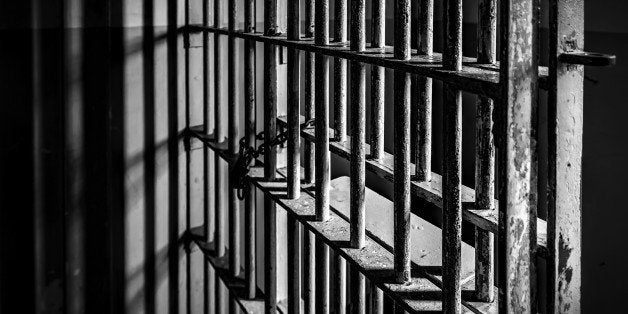
In 1992, admissions to Ohio's youth prisons topped 2,500. Facilities were at 180 percent of their capacity and youth and staff alike were subject to unsafe conditions and physical harm. Projections estimated that admissions could rise to 4,000.
In response to these alarming predictions, Ohio decided to take a new approach. Instead of building more facilities, Ohio started the RECLAIM program, which provides financial incentives for juvenile courts to serve youth locally in community-based programs. Since RECLAIM's start in 1995, the state has invested in three additional strategies to grow the number of programs providing community alternatives to incarceration founded in research. Ohio youth prison admissions have decreased from over 2,500 youth to under 500 -- an 80 percent decrease.
Recent research has proven Ohio right. Evaluations have shown that even youth with a high risk of reoffending can be served safely, more effectively, and less expensively at home. For example, youth served in programs under Ohio's Behavioral Health and Juvenile Justice (BHJJ) initiative can be hard to serve -- they have a higher risk of reoffending and face severe mental health or substance abuse challenges. Under BHJJ's community-based programs, youth have overall positive outcomes, including decreased substance abuse and trauma symptoms along with improved educational outcomes, all at a cost of $160,000 less than incarceration per youth. Programs under the state's Targeted RECLAIM strategy also have shown reductions in admissions to juvenile correctional facilities.
In 2015, Ohio added another strategy -- Competitive RECLAIM -- which gives counties flexibility to innovate with outcome-driven programs accompanied with technical assistance from academic institutions.
Other states can build from Ohio's efforts, including embracing common themes to success like:
•Tailoring programs to match youths' individualized needs.
•Embracing research that shows what works to improve outcomes for youth, families, and communities, including keeping youth at home instead of in youth prisons.
•Tracking outcomes and collecting data on how well programs are working.
•Prioritizing technical assistance to help local jurisdictions maximizing their juvenile justice dollars.
•Encouraging collaboration between the courts, mental health and substance abuse agencies, and schools.
•Investing consistently in community-based alternatives to incarceration at the state and local level.
The choices we make in the juvenile justice field are urgent and can determine a youth's trajectory. It is time for states to embrace what works -- now and holistically -- so we can maximize positive outcomes for America's youth, families, and communities.
More information on Ohio's deincarceration programs are available in a report released on October 26, 2015 by the Juvenile Justice Coalition of Ohio; click the following links to read the report and an accompanying infographic.